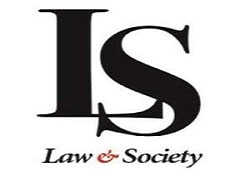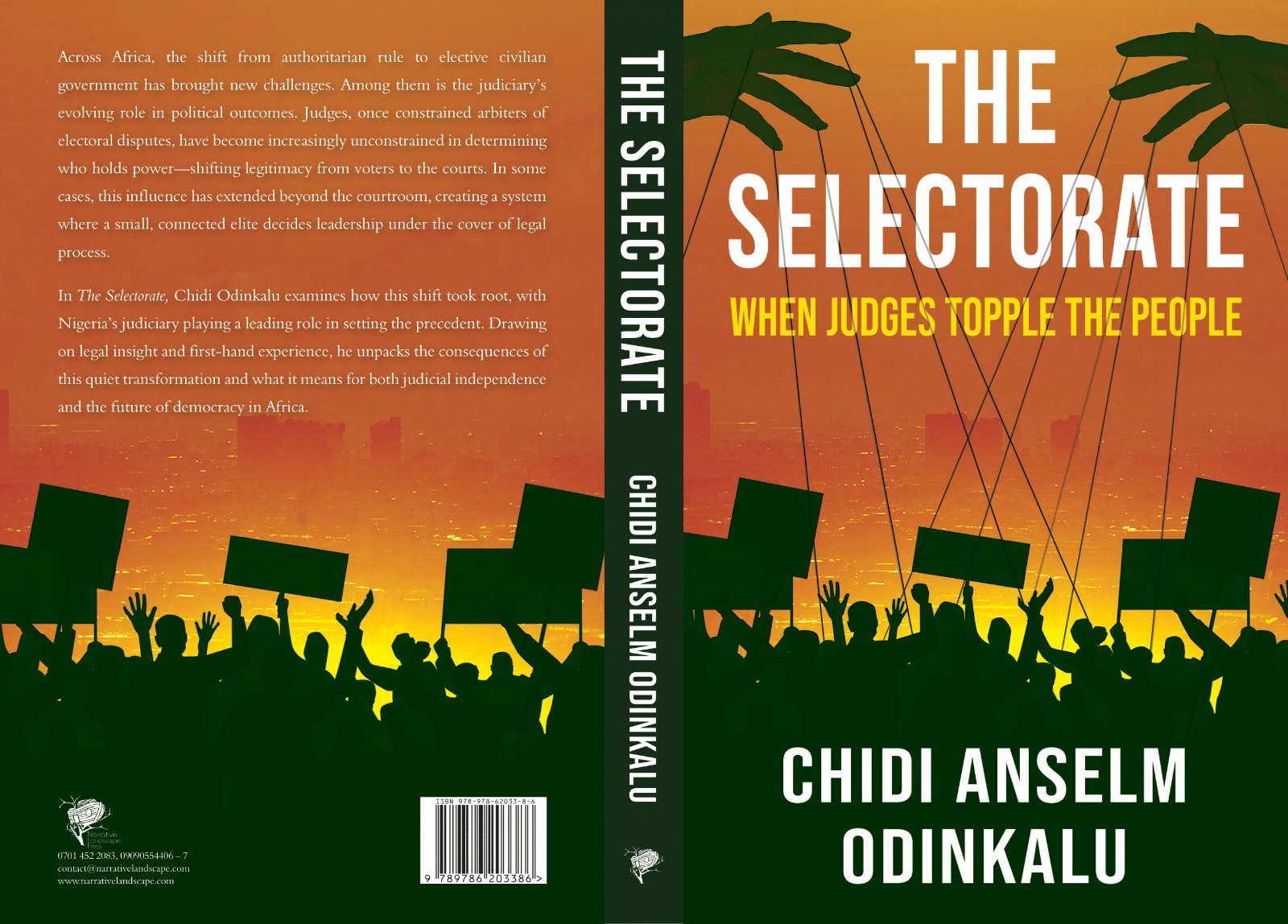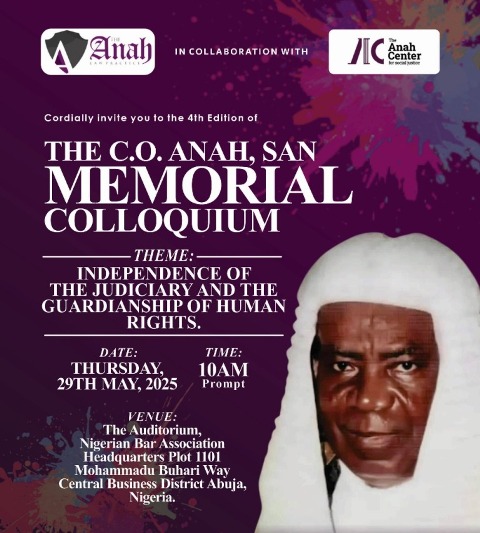By Folarin Aluko
The admissibility of electronically generated evidence—particularly audio, photo and video files transferred and played from secondary storage devices—has become increasingly prevalent in Nigerian courts.
Following the publication of the initial article on this subject, a colleague sent an email highlighting a real-life scenario that illustrates several issues raised in the original discussion. The facts, now anonymized, are shared here for illustrative purposes.
The writer sought insight into the evidential implications of tendering an audio message recorded by an individual in the United Kingdom. The person who made the recording sent it to another individual in Nigeria. This second person copied the file onto a flash drive and forwarded it to a lawyer, who then played and tendered it in court through a witness.
Notably, the witness neither created the original recording nor had control over the device from which it originated. Despite this, the content of the flash drive was admitted into evidence by the court.
Interrogating Authentication
Authentication is not a ritual where one utters legalistic incantations from the Evidence Act, to make digital evidence admissible. In an age of deepfakes, metadata manipulation, AI rendering, and seamless video editing, digital evidence may appear persuasive but collapse under scrutiny.
Authentication becomes crucial when:
- The evidence has passed through multiple devices or formats;
- The author is unavailable for questioning;
- The medium is vulnerable to editing, compression, or mislabeling;
- The evidence is central to the case’s outcome.
In such situations, forensic reports, metadata, hash values, and system-generated timestamps become the building blocks of integrity. Without them, digital evidence may be technically admissible but practically untrustworthy.
Returning to the Scenario: Two Key Legal Questions Arise
a. Whether the evidence is hearsay, and
b. Whether the audio file was properly authenticated under our current legal framework.
Issue 1: Hearsay
Section 37 of the Evidence Act, 2011 defines hearsay as any statement—oral or written—made by a person not called as a witness, which is offered to establish the truth of the facts asserted in it.
Our Courts have consistently held that evidence is hearsay if the Maker of the statement cannot be cross-examined, and the statement is used to prove its contents. In the locus classicus case of Subramaniam v. Public Prosecutor, 1 W.L.R. 965 (1956) the Privy Council held that:
“Evidence of a statement made to a witness by a person who is not himself called as a witness… is hearsay and inadmissible when the object of the evidence is to establish the truth of what is contained in the statement.”
In the scenario presented above, we can deduce that
- The UK-based author of the audio message was not in court;
- The message was offered to prove what the sender allegedly said;
- The person who presented the evidence was neither the author nor the custodian of the original device.
By these standards, the audio message has the quintessential features of hearsay and unless it falls within one of the few recognized exceptions to the rule, it ought to have been excluded.
Issue 2: Authentication
Authenticating digital evidence involves more than confirming its existence. It requires proof that the document is what it claims to be and that it has not been altered during creation, storage, or transmission.
The Supreme Court, in Dickson v. Sylva (2017) 8 NWLR (Pt. 1567) 167, has affirmed the mandatory compliance with Section 84(2) and (4) as the legal threshold for authenticating digital evidence.
Authentication of Electronic Evidence requires an appreciation of the legal and the technical; the digital evidence must be shown to be genuine and reliable.
As previously established, the law provides two clear routes:
- Oral testimony from someone who can speak credibly to how the document was produced, stored, and transferred;
- A Certificate of Compliance under Section 84(4), issued by a person responsible for the system or device used.
In the case at hand,
- The Tendering Party neither created the recording nor controlled the originating device;
- No certificate was provided to explain how the message was generated or transferred;
- The witness lacked the technical or factual basis to establish authenticity.
On this basis, we can conclude that the audio message was not properly authenticated. Merely copying a file onto a flash drive, without establishing chain of custody or verifying its digital integrity, falls short of the standard required by law.
In order to authenticate the audio file, the party seeking to tender same in the scenario would have to produce details of the original device, along with system logs or metadata showing when and how the message was created and sent, giving the Court a stronger footing on which to rely on the evidence. Opposing Counsel can reverse engineer these points to arrive at valid technical objections to raise- that is a story for another day.
Conclusion
To summarize
- Yes, the message is hearsay if tendered to prove the truth of what the UK sender said, and should be excluded unless it falls within a recognized exception.
- Mere documentary authentication is insufficient where the tendering party was neither the author of the content nor the custodian of the originating system—and failed to provide a certificate under Section 84.
- Even if admitted, such evidence may be accorded little weight and may be vulnerable to exclusion on appeal.
Proper authentication would require
- A Section 84 certificate from the custodian of the originating device or platform with documented Chain of Custody;
- Oral evidence from a person familiar with the creation and handling of the file;
- Forensic analysis where authenticity is disputed.
I remain grateful to the colleague who generously shared this scenario, and to the many others who continue to engage with these evolving questions—on social media and by email.
Folarin Aluko is an IP Lawyer, Digital Rights Expert, and Partner at Trumann Rockwood Solicitors. He can be reached at [email protected].





